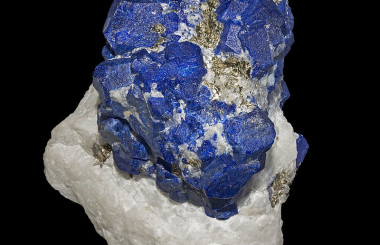
Few members of the gem kingdom could be as appropriate a November birthstone as Topaz. All of the spectacular colors of the autumn crisp sunshine and turning leaves are caught and held in this fine gem. The colors range from clear white, through pale yellows, orange to brown, pink, violet, and light blue. Far and away the largest supplier of Topaz is Brazil, but other sources are Sri Lanka, Mexico, Pakistan, southwest Africa, Russia and several areas in the United States.
Topaz has been in use since about the 13th century, and has many old legends and superstitions. When mounted in gold and hung around the neck it was believed to dispel enchantment. It has the power to ensure the wearer long life, beauty and intelligence, and when powdered and put in wine it could be used to cure asthma, insomnia and burns. All of these powers though were increased or decreased directly with the changes of the moon.
Topaz is quite hard, an 8 on the Mohs scale, and does not scratch or abraid easily. Its only drawback is having perfect basal cleavage. That means a blow from a certain angle to the stone could cause it to split, so mounting a Topaz in a ring should be given some consideration. A mounting designed to protect the stone or putting it in a piece that is not for everyday wear should solve the problem.
In the past some jewelers, in an effort to improve the image of a few lesser gems, tried to upgrade these stones by connecting them to Topaz, by using such names as ‘smoky topaz’ or ‘Bohemian topaz’, and such. All names used for Smoky Quartz, or Citrine. These terms are illegal but are still seen from time to time. True topaz has only two proper modifiers: Precious and Imperial. Stop by, we’ll be glad to show you the differen


